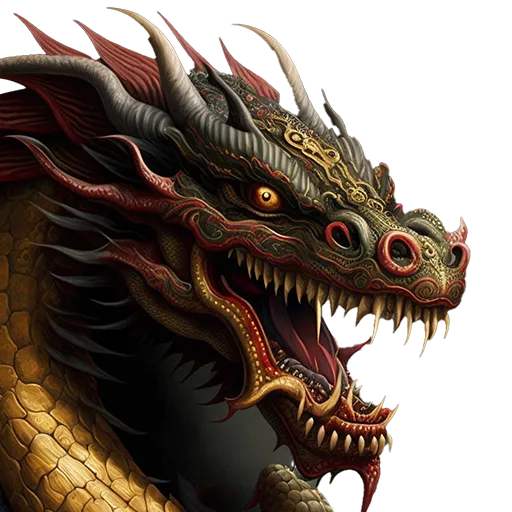Introduction to Zhan Zhuang Gong or Standing Pile Skill
There are two types of Qigong, namely Dong Qigong (Dynamic Qigong) and Jing Qigong (Static Qigong). Each type has a number of methods. A common Static Qigong is Zhan Zhuang Gong, which is translated as Standing Pile Skill.
What is Zhan Zhuang Gong?
Zhan means to Stand, Zhuang means Pile or Post, and Gong means Skill, or more precisely Skillful Endeavor. Thus, a proper definition for Zhan Zhuan Gong would be to stand skillfully like a post. More appropriately, Zhuang is akin to a strong tree with deep roots, hence although static, this is a dynamic posture that contains stillness outside and movement inside.
Often referred to as Standing Meditation, Zhan Zhuang Gong is widely used in the Nei Jia schools of Taiji Quan, Xingyi Quan, and Bagua Zhang, but is not limited to these styles. Baji Quan, for example, uses Pile Standing and is just one such example. Pile Standing is used to build a proper structure and as a gateway to advanced practice.
While Zhan Zhuang is representative of the foundational practice of the martial arts styles cited above and regarded as Martial Qigong, today Zhan Zhuang has also made headway as Medical Qigong, and ancient methods are now being used to help heal patients and as preventive health measures.
Purpose of Practice
Some of the purposes of practice have been cited above. The following are just a few principal aspects that we strive to develop through Zhan Zhuang Gong.
1 – To regulate or fix the posture
2 – To regulate the breathing (develop both abdominal and reverse breathing)
3 – To sink the Qi
4 – To develop a root (your feet should feel as if they are sprouting roots)
5 – To calm the mind
